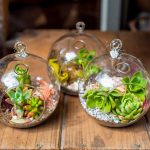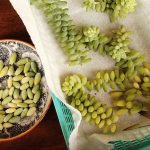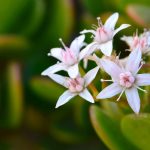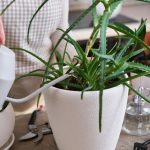The surge in popularity of indoor succulents is undeniable. Here, you can explore the care tips for 21 indoor succulents that thrive beautifully in your home.
Indoor succulents are an ideal choice for indoor gardening due to their low maintenance requirements. These plants do not necessarily need direct sunlight to flourish. They typically thrive in pots with good drainage holes and pre-formulated soil. Indoor conditions, with moderate temperatures and sufficient humidity, create a perfect environment for many succulents. The fleshy leaves of succulents store water, making them less demanding when it comes to watering.
While some succulents can withstand low light conditions without the need for bright sunlight, others may require additional care during growth but can still thrive indoors. Not all succulents are suited for indoor environments, but there are plenty of low-light succulents that can thrive indoors. To help you start your indoor succulent collection, we have compiled a list of the best indoor succulents.
Let’s focus on succulents specifically meant for indoor spaces, not epiphytic cacti like the Christmas cactus. Get ready to explore some of the top indoor succulent varieties available.
Tips for Growing Succulents Indoors


Prior to delving into specific indoor succulent plants, it is crucial to understand their fundamental care requirements. This will be followed by a closer look at individual care instructions tailored to each plant along with their unique characteristics.
Light
Most succulents thrive in bright indirect light or full direct sunlight. While light-loving succulents benefit from direct sun exposure through sunny windows or grow lights, those that prefer low light may suffer from leaf browning or reddening when exposed to too much direct sunlight. Adjust the light conditions accordingly if you observe such signs in your succulents.
Soil
When growing indoors, opt for a pre-formulated cactus or succulent soil mix with excellent drainage properties. It is essential to ensure that the soil has better drainage than moisture-retention capabilities for successful indoor succulent growth.
Water
In low-light settings, succulents require minimal watering. Those placed in brighter locations may need more frequent watering as the soil dries out faster. You can establish a watering schedule or check the soil moisture level by inserting your finger into the top few inches of soil. Watering frequency may vary based on the plant’s dormancy period and growing season.
Temperature
Succulents generally thrive in temperatures ranging from 40°F to 80°F, and they are sensitive to rapid temperature fluctuations. Ensure that your indoor succulents are protected during extreme temperature changes to prevent damage to their foliage.
Fertilizer
During the active growth phase, succulents may benefit from monthly fertilization. Reduce or eliminate fertilization during the dormant season to support healthy plant growth. Diluted balanced liquid fertilizers are recommended for succulents during the growing season.
Explore Various Indoor Succulent Varieties
Let’s dive into the captivating world of indoor succulents and explore specific plant varieties ideal for indoor cultivation. Delve into the unique care requirements of each plant to cultivate a thriving and effortlessly maintained indoor garden.
Echeveria
Sedum morganianum, also known as burro’s tail, is a popular succulent cherished by many gardeners. With long trailing stems that can grow up to 3 to 4 feet in length, this plant thrives in partial shade and requires watering only every 2 to 3 weeks. The leaves of burro’s tail grow in a spiral fashion around the stems, making it a perfect choice for hanging baskets slightly away from direct sunlight.
Russian stonecrop, also known as Sedum kamtschaticum, is another beautiful succulent with bright yellow flowers resembling St. John’s Wort. Its trailing stems are adorned with clustered green leaves that can be either pointed or serrated. Ranging from brown to green, these stems tend to bend and form mounds as the plant grows. Unlike most sedums, Russian stonecrop can tolerate a bit more light than others.
Sedum rubrotinctum, commonly known as Jelly Beans or Pork N Beans, is a succulent with trailing stems and small, rounded leaves in shades of green, red, and translucent green. This plant thrives in bright sunlight but is toxic, so caution should be taken to place it out of reach of pets and children.
Aloe


Aloe plants not only add beauty to your indoor succulent garden but are also beneficial for soothing sunburns and aiding digestive issues. These plants come in various shades of green and feature long pointed leaves with spiked margins.
One of the most famous succulents, Aloe vera, is known for its light green leaves lined with sharp thorns and white spots. The gel found in the leaves is excellent for treating skin conditions. Regular consumption of aloe vera juice has been used traditionally to improve skin and digestion. Care for aloe vera involves monitoring light exposure and potential heat stress, as well as providing sufficient room for growth.
Aloe brevifolia, also called the chunky crocodile, is a compact aloe species with spiny dark green leaves that cluster from the center. Indoor cultivation may require division to maintain plant health due to its clustered growth habit.
Sempervivum
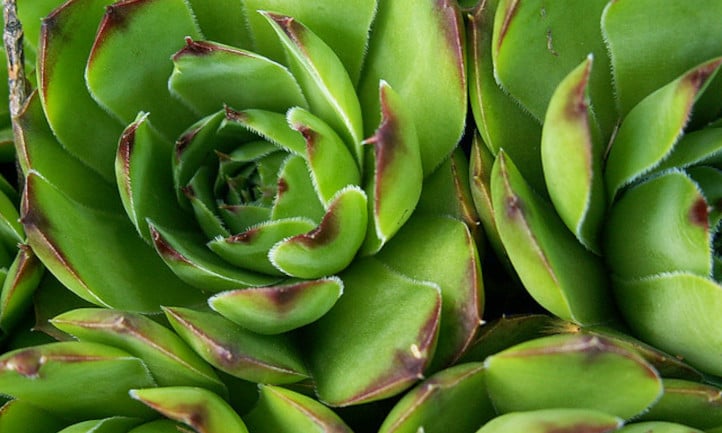

Sempervivum tectorum, commonly known as hen and chicks, offers an intriguing growth pattern similar to echeveria plants. This variety, also called common house leek or homewort, shares care requirements with other hen and chicks species but is distinguished by fine white hairs along the leaf margins and green leaves with burgundy edges.
Kalanchoe
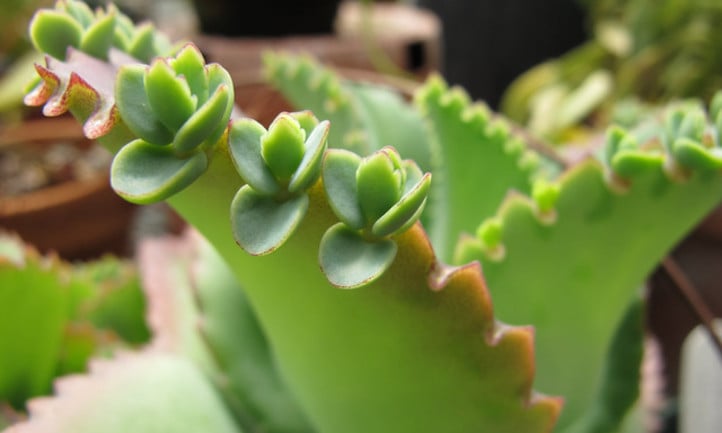

Kalanchoe plants, including the popular Mother of Thousands, are known for their ease of flowering and propagation. Mother of Thousands’ unique growth habit involves developing tiny plantlets on its spiky leaf margins that can be rooted to establish new plants.
Kalanchoe blossfeldiana, also called Flaming Katy, is sought after for its vividly colored flowers. With smooth, dark green, waxy leaves featuring scalloped edges, this species produces blooms in various hues, including white, red, pink, yellow, and salmon, during the winter months.
Panda Plant
The panda plant is a great option for beginners in the world of succulents. With its seafoam leaves covered in fine hairs, some sporting broken purple lines, and others featuring stained-looking edges, this succulent thrives in direct light and can even do well when neglected. If you’re unsure where to start with succulents, the panda plant is a solid choice.
Haworthia
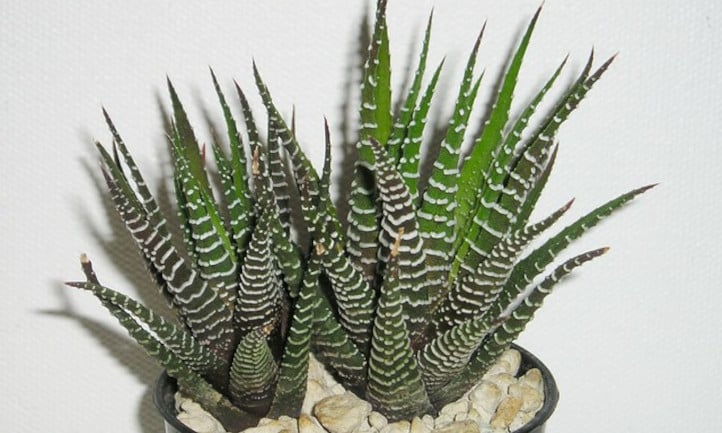

Haworthia succulents are low-maintenance. Simply ensure they have adequate light and a container with proper drainage, and they will thrive. One popular variety, Haworthiopsis fasciata, also known as the zebra plant, features spike-leaved greenery covered in white bumps, creating a unique texture. Some cultivars exhibit a speckled appearance while others have thicker textures.
Another member of the Haworthia genus is the Haworthia attenuata, sharing care requirements with the zebra plant and making it an excellent choice for indoor cultivation.
Senecio
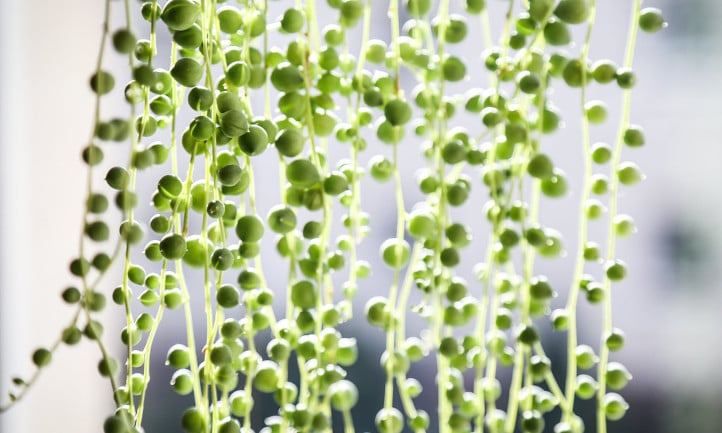

Senecio succulents vary greatly in appearance, but one standout is the String of Pearls. This trailing plant, with its small round leaves resembling pearls on floppy stems, is perfect for shaded indoor environments. Providing all the necessary care will reward you with lovely compact white blooms during its growing season.
Crassulas
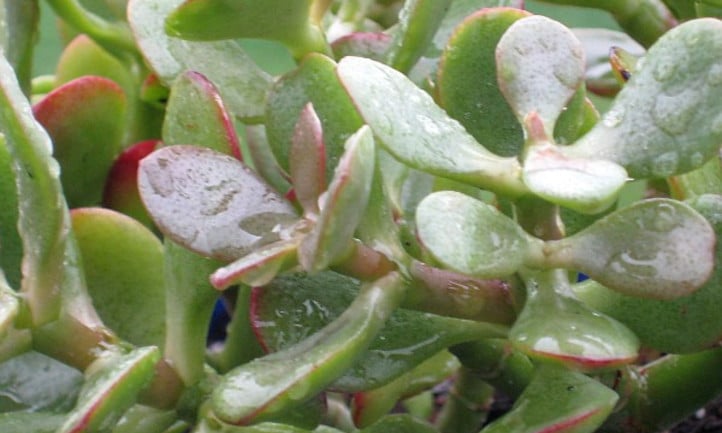

Crassulas, like the Jade plant (Crassula ovata), offer diverse looks but require similar care. The Jade plant, resembling a tree with its branched woody stems and unique charm, signifies good luck. Its cousin, the String of Buttons (Crassula perforata), is another easy-to-care-for succulent that blooms clusters of white or pink flowers in spring, needing a balance of sunlight and shade.
Sansevieria
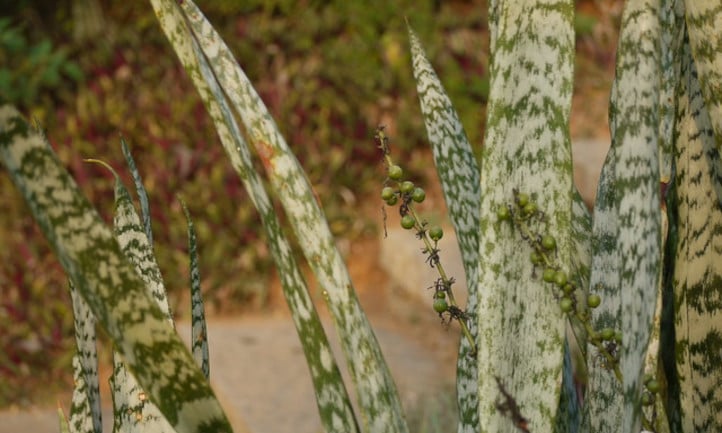

Sansevieria varieties, like the snake plants, exhibit tropical foliage rather than typical succulent appearances. The Sansevieria trifasciata, also known as Mother-In-Law’s Tongue, features waxy, flat leaves and effortlessly cleans the air, making it popular in office settings. Another intriguing option is the African Spear (Sansevieria cylindrica), boasting smooth cylindrical leaves with cream bands.
Lithops
Lithops, or “living stones,” showcase a unique appearance with gray-green or colorful leaves and lovely seasonal blooms. These succulents thrive in rocky and sandy environments with plenty of sunlight.
Beaucarnea
The Beaucarnea, commonly known as the ponytail palm, resembles a tree with its weeping palm-like appearance. This succulent, which can reach up to 15 feet in height if grown to its full potential, produces pups for propagation. Ensure to divide these offspring to maintain the parent plant’s health.
Frequently Asked Questions
Q: Which succulent is good for indoors?
A: We’ve listed 21 above that work very well indoors.
Q: Can succulents live inside without sunlight?
A: A few can subsist with mostly shade, but most need at least indirect light.
Q: How do you keep succulents alive indoors?
A: Ensure they have the right nutrients, water, heat, and light.
Q: How long do indoor succulents last?
A: Indoor succulents can live up to 70 to 100 years.
Q: How often should you water succulents?
A: Watering frequency varies. Most do well with water every other week.
Q: Do succulents clean the air?
A: Some succulents like jade plants and snake plants are known for their air-purifying properties.
Q: Can I put a succulent in a room with no windows?
A: Succulents like string of pearls, that can thrive on artificial light, can survive in rooms without windows.
Q: Why are my succulents dying inside?
A: Ensure to adjust their care according to their needs. Refer to our growing guides for specific succulent care tips.

